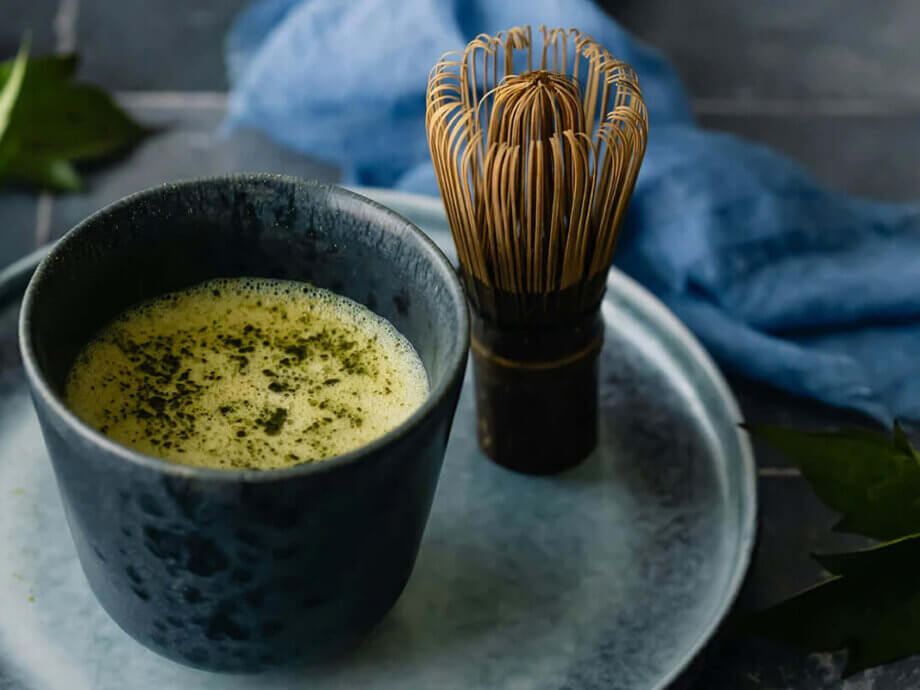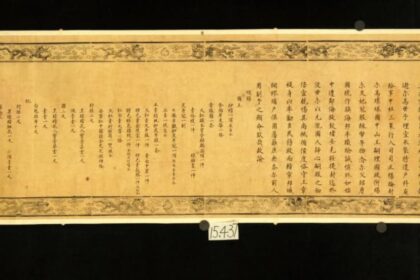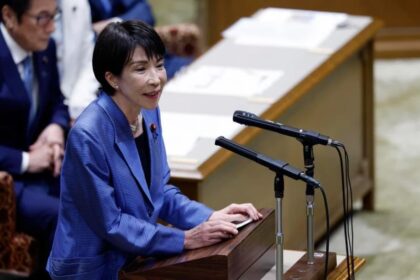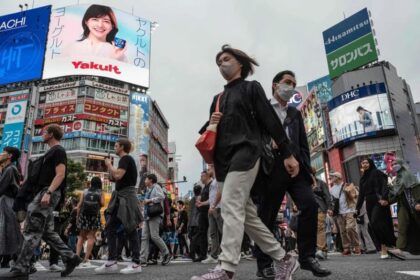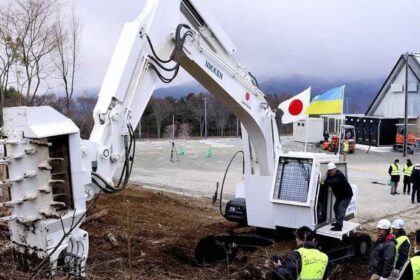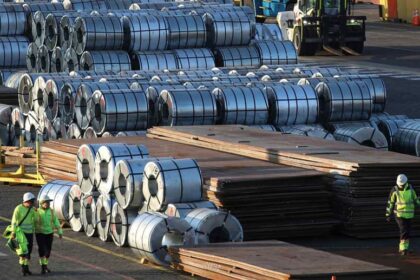The Rise of Matcha: From Ancient Ritual to Modern Obsession
Once a ceremonial drink reserved for Japanese monks and samurai, matcha has exploded into a global phenomenon, captivating Gen Z, celebrities, and wellness enthusiasts alike. The vibrant green powder, made from specially grown and stone-ground green tea leaves, is now a staple in coffee shops, beauty routines, and social media feeds worldwide. But how did this centuries-old beverage become the defining drink of a new generation? The answer lies at the intersection of health, aesthetics, and digital culture.
- The Rise of Matcha: From Ancient Ritual to Modern Obsession
- What Is Matcha? A Brief History and Its Unique Qualities
- Gen Z and the Matcha Movement: Why the Youngest Generation Is Leading the Charge
- The Celebrity Effect: How A-Listers and Influencers Drove the Matcha Boom
- Matcha in the Marketplace: From Cafés to Supermarkets and Beyond
- The Economics of Green: Market Growth and Supply Challenges
- Matcha’s Cultural Evolution: From Japanese Tradition to Global Lifestyle
- Is Matcha Here to Stay? Trend or Transformation?
- In Summary
What Is Matcha? A Brief History and Its Unique Qualities
Matcha is not just another type of green tea. Unlike regular green tea, where leaves are steeped and discarded, matcha involves consuming the entire leaf in powdered form. This process delivers a concentrated dose of antioxidants, vitamins, and amino acids, most notably L-theanine, which is known for promoting calm and focus. The origins of matcha trace back to 12th-century China, but it was in Japan that the drink found its spiritual and cultural home. Buddhist monks prized matcha for its ability to foster a state of ‘calm alertness’ during meditation, and over time, it became central to the Japanese tea ceremony—a ritual emphasizing mindfulness, respect, and simplicity.
Today, matcha is produced primarily in Japan, with regions like Uji and Kyoto renowned for their high-quality crops. The meticulous cultivation process—shading the tea plants before harvest to boost chlorophyll and amino acid content—results in matcha’s signature bright green color and umami-rich flavor.
Gen Z and the Matcha Movement: Why the Youngest Generation Is Leading the Charge
Gen Z’s embrace of matcha is no accident. This generation, born between the late 1990s and early 2010s, is known for its focus on wellness, sustainability, and self-expression. Matcha ticks all these boxes:
- Health Benefits: Matcha is rich in antioxidants (especially EGCG), vitamins, and L-theanine, which together offer a sustained energy boost without the jitters or crash associated with coffee. Nutritionists highlight its potential to reduce stress, support heart and bone health, and even alleviate period pain due to its anti-inflammatory properties.
- Aesthetic Appeal: The drink’s vivid green hue and frothy texture make it highly photogenic, perfect for Instagram and TikTok. The hashtag #matchalattes has garnered billions of views, and matcha’s visual identity has become a cultural touchstone, influencing everything from nail art to packaging design.
- Ritual and Mindfulness: For many young consumers, preparing matcha is more than just making a drink—it’s a daily ritual that encourages mindfulness and intentionality. The process of whisking the powder, watching the froth form, and savoring the first sip offers a moment of calm in a fast-paced world.
As Ashish D’abreo, co-founder of Maverick & Farmer Coffee in India, observes, “Our Gen Z customer base is very visually driven, and platforms like Instagram play a huge role in shaping their choices. They are keen to try what they see shared online, and matcha fits right into that space.”
Customization and Community
Gen Z’s love for customization has also fueled matcha’s popularity. Coffee chains and specialty cafes now offer a dizzying array of matcha drinks—iced, blended, with alternative milks, or paired with flavors like strawberry and lavender. This flexibility allows consumers to tailor their drinks to their dietary preferences and wellness goals, whether that’s adding protein, collagen, or plant-based milks.
Beyond the beverage itself, matcha has become a social connector. Workshops, pop-ups, and online communities bring together enthusiasts to share recipes, preparation tips, and even host matcha-themed events. For many, the drink is as much about the sense of belonging and identity as it is about taste.
The Celebrity Effect: How A-Listers and Influencers Drove the Matcha Boom
Matcha’s journey from niche to mainstream has been supercharged by celebrity endorsements and influencer culture. Global stars like Blackpink’s Jennie, Dua Lipa, Zendaya, Gwyneth Paltrow, Kylie Jenner, Jessica Alba, and Bella Hadid have all been spotted sipping matcha or sharing their matcha routines online. These high-profile endorsements have helped normalize matcha as a daily ritual and a status symbol, especially among young women.
Influencers on TikTok and Instagram have further amplified the trend, posting aesthetic tutorials, unboxing premium matcha powders, and creating viral memes. The drink’s association with the “clean girl” aesthetic—a lifestyle trend emphasizing wellness, minimalism, and self-care—has only added to its allure.
Hannah Habes, chief matcha officer of Matchaful in New York, explains: “There’s been a prioritization of health, fitness, and general wellness over the last decade, and I think that matcha has been able to catch some of those general trend tailwinds. As more research comes out around food nutrition, consumers are better informed and desire healthier options. Matcha tea contains various amino acids and it’s also a great alternative for those who are sensitive to coffee.”
Matcha in the Marketplace: From Cafés to Supermarkets and Beyond
The matcha boom is reshaping the beverage industry. Major coffee chains like Starbucks, Dunkin’, Pret a Manger, and Caffè Nero have expanded their matcha offerings, making the drink a permanent fixture on menus worldwide. In South Korea, Starbucks Korea’s matcha choux cream latte sold over 2 million cups in just two weeks, while brands like Lotte Wellfood and Paul Bassett have launched matcha-flavored ice creams and desserts to tap into Gen Z demand.
Specialty matcha bars are popping up in cities from London to New York, offering premium experiences and innovative drinks. Ready-to-drink (RTD) matcha beverages, often enhanced with adaptogens or probiotics, are claiming more shelf space in supermarkets. Even home preparation has become a trend, with sales of bamboo whisks, ceremonial bowls, and electric frothers on the rise.
Matcha Beyond the Cup: Beauty, Fashion, and Pop Culture
Matcha’s influence extends far beyond beverages. The drink’s signature green has inspired beauty trends like “matcha nails,” a summer manicure craze featuring soft green hues and swirling designs. In fashion, matcha’s color palette has replaced past favorites like Barbie pink, becoming a symbol of calm, creativity, and individuality. The drink even appears in skincare products, promising detoxification and a touch of Japanese purity.
The Economics of Green: Market Growth and Supply Challenges
The global matcha market is booming. According to The Business Research Company, the industry is projected to grow from $3.84 billion in 2024 to $6.4 billion by 2029, with annual growth rates exceeding 10%. In the UK alone, matcha drink sales jumped 202% in 2023. India’s matcha market is expected to grow from $104 million in 2024 to $167 million by 2030, reflecting the drink’s global reach.
However, this rapid growth has created significant supply challenges. Japan, the world’s leading producer of high-quality matcha, is struggling to keep up with surging international demand. Production of tencha (the leaves used for matcha) more than doubled between 2010 and 2023, but climate change, labor shortages, and the slow maturation of new tea fields have led to shortages and soaring prices. In 2024, tencha prices in Kyoto reached record highs, and some producers have imposed purchase limits or stopped taking new orders altogether.
Masahiro Okutomi, a 15th-generation tea farmer in Sayama, Japan, shares: “We had to post on our website that we’re no longer taking matcha orders. Making matcha is no easy task; it takes years of training to get it right. I’m happy the world is excited about our matcha… but honestly, the demand is overwhelming right now – we just can’t keep up.”
To address the shortage, some companies are exploring direct relationships with Japanese farms, while others are investing in agricultural technology to boost yields. Yet, with new tea fields taking up to five years to mature, the supply crunch is expected to persist in the near term.
Matcha’s Cultural Evolution: From Japanese Tradition to Global Lifestyle
While matcha’s roots are deeply embedded in Japanese culture, its global rebranding has sometimes led to a disconnect from its origins. For many young consumers, matcha is less about the Zen Buddhist rituals or the Japanese tea ceremony, and more about wellness, customization, and visual appeal. This shift has sparked debate about cultural appropriation versus appreciation, and whether the drink’s newfound popularity risks diluting its heritage.
Still, some brands and influencers are working to bridge this gap by highlighting the craftsmanship and tradition behind authentic matcha. Companies like PerfectTed and specialty cafes emphasize direct sourcing from Japanese farmers and educate consumers about the different grades and preparation methods. As Nina Klotzel, product developer at PerfectTed, notes, “We choose to highlight the real hands behind matcha: the Japanese farmers who have been pioneering the craft for generations. Our founders built these relationships in person, spending time in Japan to deeply understand the traditions and craftsmanship behind real matcha.”
Matcha as a Symbol of Modern Identity
For Gen Z, matcha is more than a drink—it’s a lifestyle statement. It represents a desire for balance, clarity, and intentional living. The ritual of preparing and enjoying matcha offers a counterpoint to the chaos of modern life, while its visual and sensory appeal makes it a perfect fit for the digital age. As one Gen Z consumer put it, “It’s not just about the beverage; it’s about the ritual, the aesthetic, the sense of identity. It tricks you into feeling like you’ve got your life together. Plus, it’s brownie points for your feed.”
Is Matcha Here to Stay? Trend or Transformation?
With every viral trend comes the question of longevity. Is matcha a fleeting fad, or has it cemented its place in global culture? Industry experts believe that while the drink’s popularity may ebb and flow, its combination of health benefits, versatility, and cultural cachet gives it staying power. Coffee shops and brands are embedding matcha into their regular offerings, and consumers are making it a part of their daily routines.
However, the matcha craze also raises questions about sustainability and overconsumption. The environmental impact of increased production, the risk of supply shortages, and the potential for cultural dilution are all challenges that the industry—and consumers—must navigate as matcha continues its global ascent.
In Summary
- Matcha has evolved from a Japanese ceremonial drink to a global lifestyle phenomenon, driven by Gen Z, celebrities, and social media.
- The drink’s appeal lies in its health benefits, aesthetic value, and ritualistic preparation, making it a favorite among wellness-conscious and visually driven consumers.
- Celebrity endorsements and influencer culture have propelled matcha into the mainstream, with billions of views on social media and widespread adoption in cafes and supermarkets.
- The global matcha market is booming, but supply challenges in Japan have led to shortages and rising prices.
- Matcha’s influence extends beyond beverages, shaping trends in beauty, fashion, and pop culture.
- While the drink’s popularity has sometimes led to a disconnect from its cultural roots, efforts are underway to promote authenticity and appreciation for traditional matcha craftsmanship.
- Experts believe matcha’s combination of wellness, versatility, and cultural significance will ensure its place in modern routines, even as the industry adapts to new challenges.


